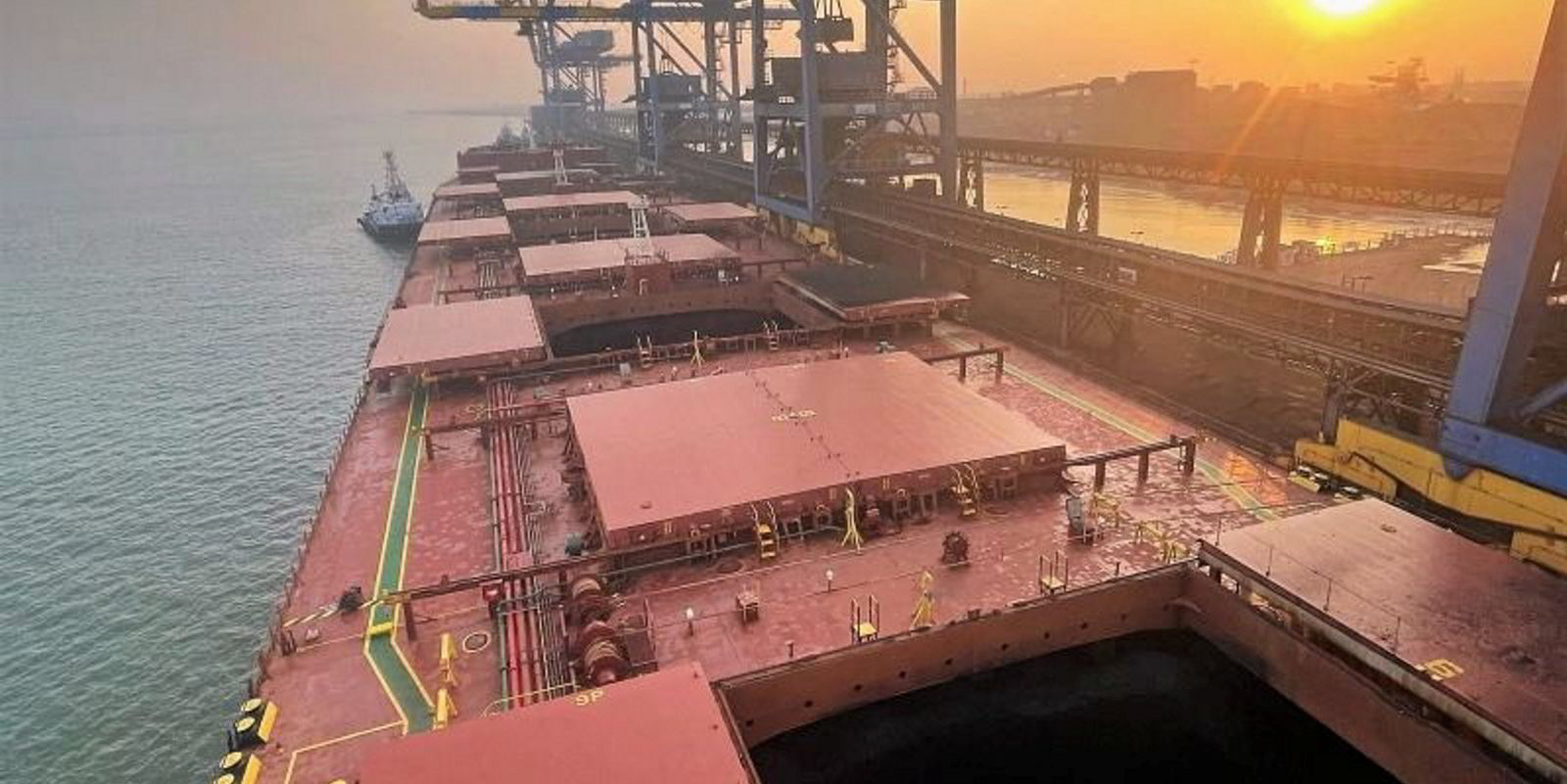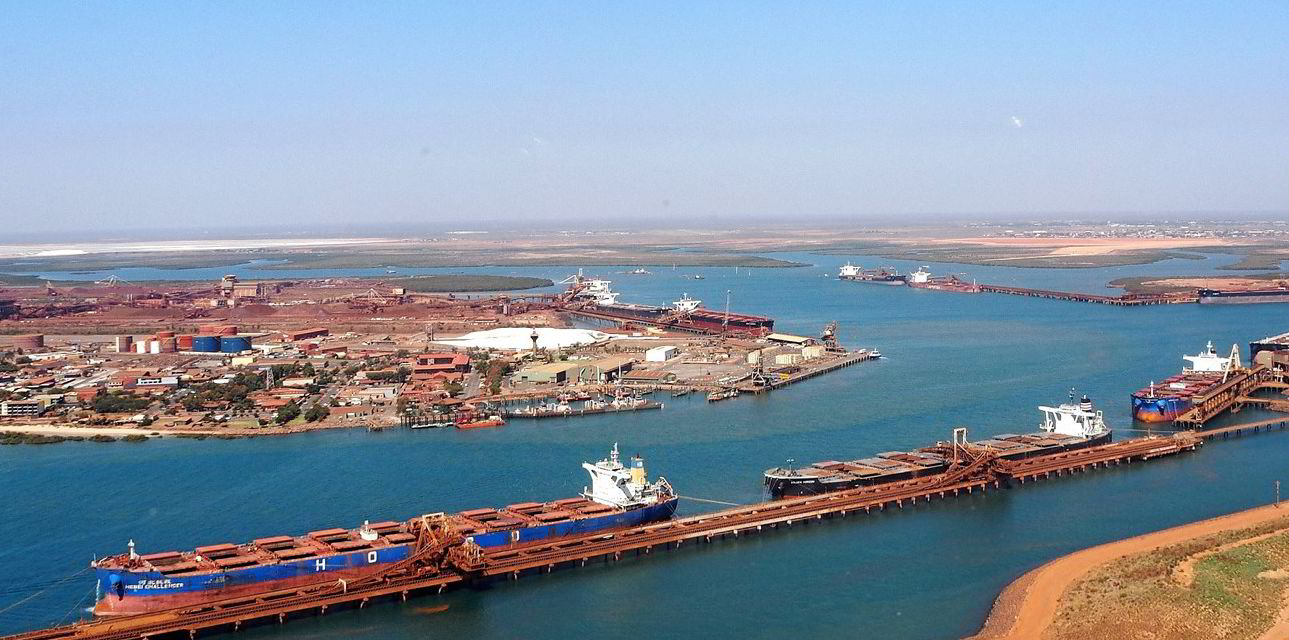The capesize bulker sector rose steadily into mid-week, but then it declined for the last couple days of the seven-day cycle as a myriad of factors influenced the market, according to analysts.
The Baltic Exchange’s Capesize 5TC set of spot-rate averages across five key routes improved 23.7% from 22 September to nearly $21,400 per day on Wednesday before falling 4% over the next two days to just over $20,500 per day on Friday.
Capesize fixtures reflected the bulker segment’s up-and-down week.
Rio Tinto hired an unnamed capesize on Friday to carry 170,000 tonnes of iron ore from Dampier, Australia, to Qingdao, China, at $9.80 per tonne after loading the ship from 15 to 17 October.
A week earlier, Fortescue Metals Group fixed an unnamed capesize to carry 160,000 tonnes of the commodity from Port Hedland, Australia, to Qingdao at a slightly lower $9.55 per tonne after the ship gets loaded on 5 and 6 October.
“Overall, it has been a week of mixed dynamics and evolving market conditions,” Baltic Exchange analysts said on Friday in their weekly analysis of the dry bulk market.
“This week the cape market has been marked by varying levels of activity and changing sentiments.”
They noted that Australian coal imports to China “showed promise for owners” in the Pacific basin at the beginning of the week, causing rates to rise as two major coal miners drove positive-outlook momentum.
The average spot rate for the round-trip C10 voyage between Australia and China rose 25.7% from 22 September to $22,023 per day on Wednesday before sliding 11% to $19,600 per day on Friday, according to the exchange.
“Towards the end of the week, the Pacific market experienced a dip in rates and activity, with a negative influence from the [futures] market,” the analysts said.
The analysts pointed out “a noticeable shift in sentiment” in the Atlantic basin as well for capesizes during the last two days of the week as charterers lowered bids, maybe because owners sought coverage before China’s Mid-Autumn Festival and Golden Week holiday in the first week of October.
The capesize futures market was pretty stagnant throughout the week. November contracts rose 2.4% from 22 September to $18,300 per day on Monday before declining 2.1% to about $17,900 per day on Friday, the exchange showed.





